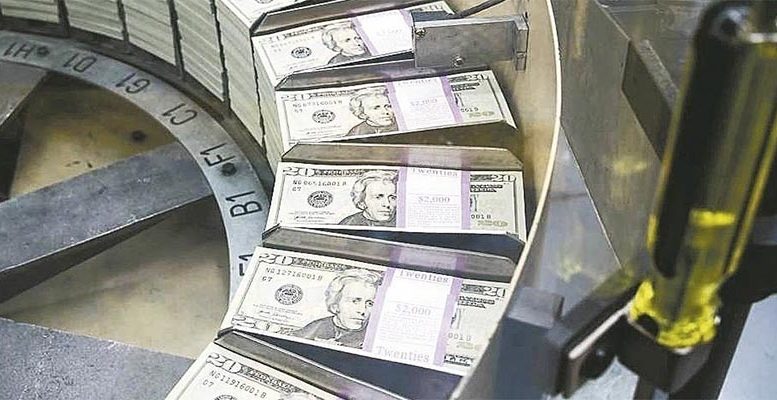Pernille Henneberg & Catherine L Mann (Citi GPS) | In trying to stay ahead of the damaging economic effects of COVID-19 virus, the U.S. Federal Reserve went ‘all in’ on monetary policy and lowered the federal funds rate to an all-time low of 0-0.25 percent. Both the Fed and the European Central Bank also delivered a “whatever it takes” sentiment with ‘bazooka’ policy easing actions. Unfortunately, easing monetary policy doesn’t reduce the rate of infection and has not been enough to reduce the level of uncertainty and rising economic damage.
In order for policies to be effective in building confidence in financial markets, businesses, and individuals, a combination of health measures and fiscal easing are needed. Supporting the healthcare system is required now because of the demand for infrastructure, testing, and a vaccine and support can reduce the fear factor. Fiscal measures need to be deployed to avoid even deeper economic losses by keeping businesses afloat and workers away from unemployment.
But how much fiscal easing is going to be needed to offset the upcoming losses to global GDP? To answer this question, we developed a scenario framework to evaluate the current and upcoming fiscal announcements. The first scenario assumes the only shock to the economy is to consumer activity due to the forced and self-imposed distancing measures. Using data from China as a guide, a 30% reduction in travel and tourism is not too big an assumption. The second scenario assumes not only a reduction in consumer activity but also a shock to uncertainty, financial markets, and the price of oil.
With just a hit to consumer activity, fiscal easing equivalent to 1% of GDP isn’t enough to avoid a negative impact on growth across the worlds’ largest economies and regions. Instead, our simulation says a substantial fiscal easing of 2% of GDP would leave the impact to global GDP growth in positive territory in 2020.
But when we add to that the shock of uncertainty, financial markets, and oil prices, fiscal easing of 2% is insufficient and would leave a drag on global GDP growth of 1.2 percentage points. To avoid a negative impact on already weak global growth in 2020, fiscal easing approaching ~5% of GDP is more likely to be needed. And timing matters because once an economy falls into recession policy actions need to be even bigger to get out of recession. Therefore, the best strategy is to move quickly to implement fiscal actions to limit the negative financial and uncertainty feedback loops.
As COVID-19 continues to worsen, bigger fiscal easing will be needed. Without aggressive fiscal easing, the consequence for the economy is depressing, but not unrealistic. Starting with a pre-COVID-19 GDP growth baseline of ~2.5% in 2020, the result of the huge economic shock, which is more aggressive than the second one considered above, would be that global GDP growth falls by around 7% in 2020. However, if the global fiscal easing is very large and amounts to 5% of GDP, as is being suggested in the U.S., the support to GDP growth lifts global growth back to around 0% in 2020.
The best advice? Go big, because it is going to be worse than you think and go now, because later may be too late. In theory, and as illustrated above, if immediate fiscal action stems the deteriorating conditions now, then a large fiscal effort should not be needed. ‘Go big and go now’ also reduces the threat of a deep and prolonged recession and sends the signal that policymakers are committed to doing whatever it takes.





